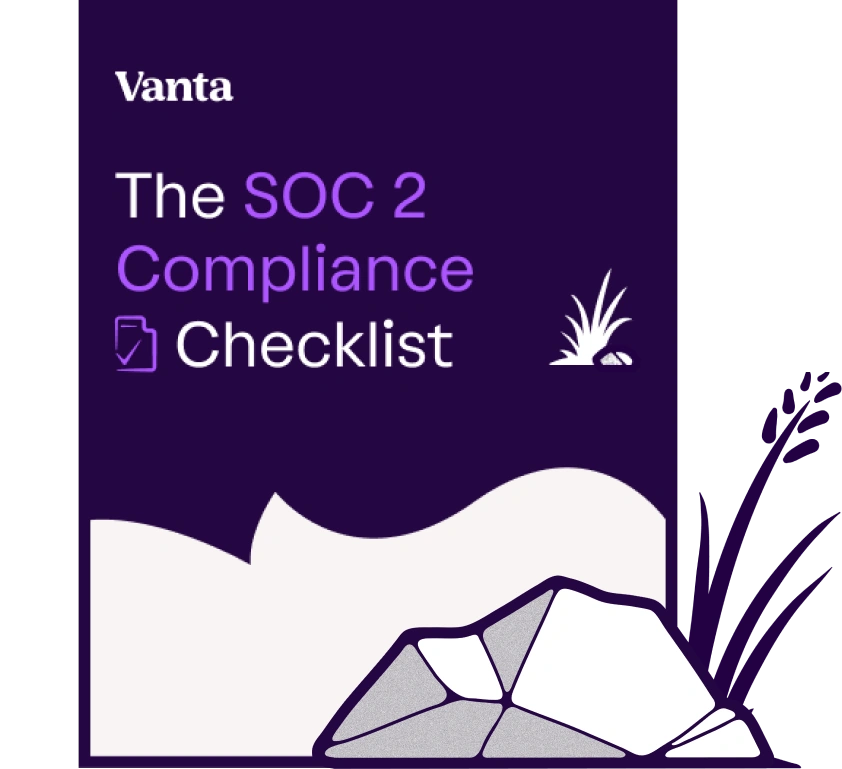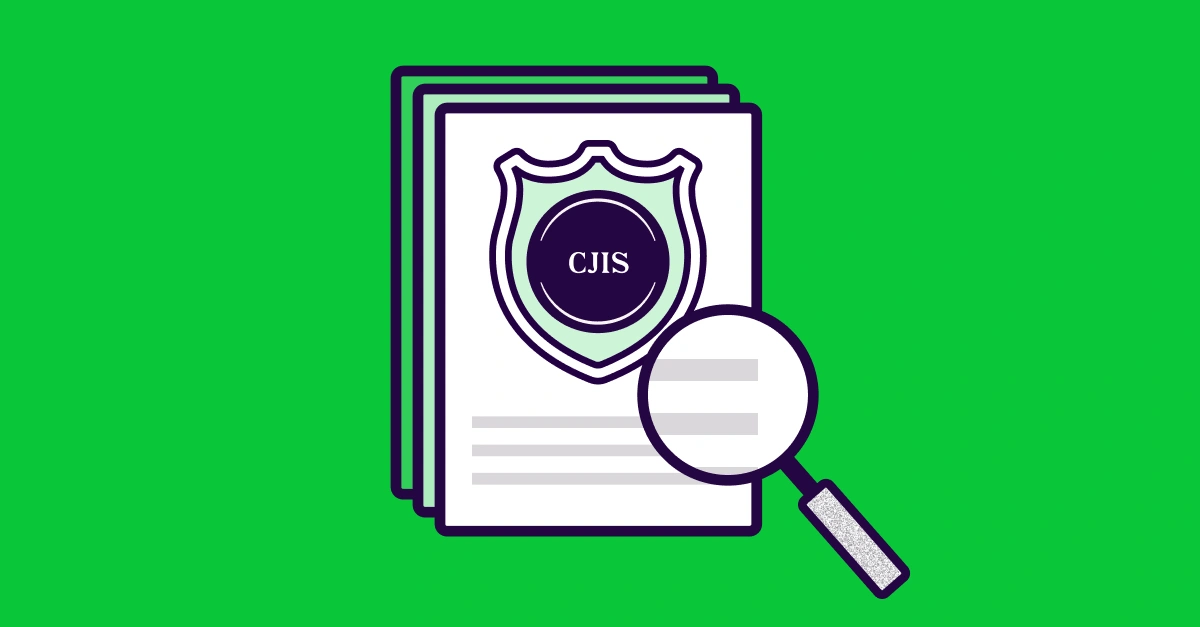Share this article

Healthcare Compliance Checklist
Accelerating security solutions for small businesses Tagore offers strategic services to small businesses. | A partnership that can scale Tagore prioritized finding a managed compliance partner with an established product, dedicated support team, and rapid release rate. | Standing out from competitors Tagore's partnership with Vanta enhances its strategic focus and deepens client value, creating differentiation in a competitive market. |
In healthcare, trust is everything. Patients, partners, and regulators all expect strong safeguards around sensitive health data—and for good reason.
That’s because breaches are unfortunately all too common in the industry, with the average healthcare breach costing nearly $11 million—almost double the financial impact seen in other sectors. And if your organization handles Protected Health Information (PHI), compliance with HIPAA isn’t optional—it’s a legal requirement, with potential civil penalties documented as being up to $50,000 per violation and an annual maximum of $1.5 million per year. It’s important to note that fines may exceed these limits, and criminal penalties can also apply, depending on the severity and intent of the violation.
Beyond financial risk, compromises of patient data or disruptions in service can create operational challenges, erode customer trust, and hurt your company’s reputation.
The good news? Prioritizing security and compliance doesn’t have to slow you down. With the right approach, it can be a powerful accelerator—helping you protect sensitive data, meet regulatory requirements, build lasting trust, and scale with confidence.
Key considerations to building a healthcare compliance program
Building or scaling a healthcare compliance program requires not only meeting today's regulatory demands, but also preparing for tomorrow's challenges. Whether you're just starting out or scaling an existing program, it’s important to think about your immediate and long-term goals. This means building efficient, centralized processes to prevent operational silos, while taking a flexible and forward-looking approach that enables your organization to stay ahead of evolving regulations and technology shifts.
As you think about your healthcare compliance goals, keep in mind the following:
- Start early if you handle PHI: If your product, system, or service interacts with Protected Health Information (PHI) in any way, HIPAA compliance isn’t optional—it's a legal obligation. Delaying compliance exposes your organization to legal, financial, and reputational risks—and can create significant barriers to growth down the line. Begin by identifying whether you're a Covered Entity or Business Associate, and ensure your data handling aligns with HIPAA’s Privacy, Security, and Breach Notification Rules from day one.
- Think beyond HIPAA: While HIPAA sets the baseline, it takes a broad approach to demonstrating data protection and operational maturity. Consider adopting additional frameworks such as ISO 27001, SOC 2, HITRUST, or the NIST Cybersecurity Framework (CSF). These frameworks provide more specific requirements that help organizations build a stronger security posture, facilitate a third-party review of your program, and meet the expectations of enterprise customers and regulators.
- Make AI adoption trustworthy: Recent industry research shows that 85% of healthcare leaders are investing in or planning to invest in generative AI to modernize systems, improve workflows, and enhance patient care. However, AI adoption introduces new risks related to data integrity, privacy and security, especially when it comes to HIPAA compliance. To ensure trustworthy use of AI, consider implementing AI-specific governance strategies based on frameworks such as the NIST AI Risk Management Framework (AI RMF) or ISO 42001; these frameworks can guide ethical, fair, transparent, and secure AI deployment in healthcare environments.
How to use this checklist
This checklist provides clear and actionable steps to build and mature a healthcare compliance program. Whether you're an early-stage startup preparing to become HIPAA compliant or a scaling company ready for HITRUST, this roadmap will help you protect sensitive data, meet regulatory obligations, win larger deals, and scale your compliance efforts without needing to significantly expand your team.
{{healthcare-compliance="/checklists"}}





FEATURED VANTA RESOURCE
The ultimate guide to scaling your compliance program
Learn how to scale, manage, and optimize alongside your business goals.















.svg)

.png)
.png)









.svg)
.svg)
.png)
.png)
.png)